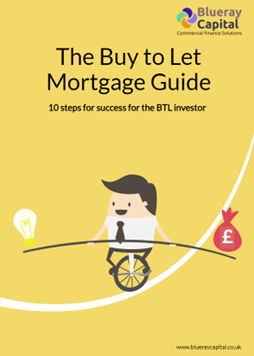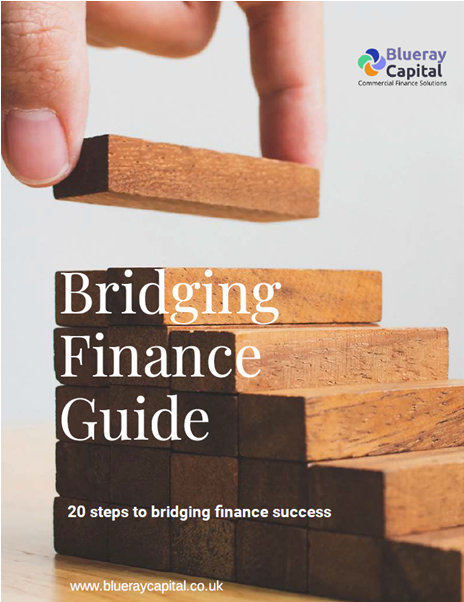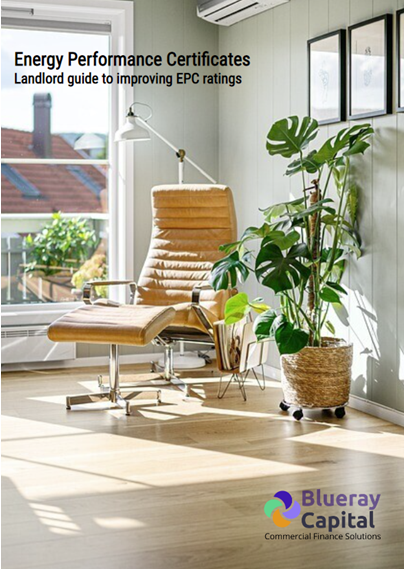Introduction
The UK property market is a massive and important economic sector with a total value of £8.1tn at the end of 2020 according to IPF Research. Their Size and Structure of the UK Property Market report estimates the value of the residential property sector at £7.2tn is almost 8 times the value of the commercial property sector at £918bn. In the commercial sector retail, office and industrial are similar sizes with commercial now being the largest due to a near 20% decline in the retail sector over recent years.
Every single property starts with the vision of a developer and will require, among other things, development finance. Funding a development usually requires a combination of investor equity and debt over the entire life cycle of the development from initial purchase of land or property to the completion of the eventual sale of the property or final unit.
In the UK there is a sophisticated property development marketplace with many players: planners, architects, surveyors, construction firms, sub-contractors, material providers, support services, advisers, investors and principal lenders.
The Blueray Capital Property Development Finance Guide is designed to help those who are considering a development loan to fund a single development or refurbishment to larger more complex schemes. Although there are some differences between the commercial and residential sectors, which are mainly to do with lender appetite and criteria, this guide applies to both. It is not meant to be definitive but covers most of the elements involved in the development finance process.
20 steps to property development success
- Types of development
- Ground up development where a complete property is built on vacant land.
- Refurbishment (commonly referred to as refurb) where an existing property is upgraded or re-purposed. Refurb may be light or heavy. The latter involves structural changes whereas the former consists of changes to fixtures, fittings and decorative condition.
- Criteria
- Exit strategy
- Security
- Loan term
- Key metrics
- Valuation
- Interest rate
- Arrangement fee
- Exit fee
- Other costs
- Administration/Commitment/Acceptance fee
- Monitoring fee
- Early repayment charge, or ERC. Usually expressed as a minimum term. Given the complexities of development it is more likely that more time is needed than less!
- Surveyor fee, the borrower pays for the valuation report directly to the surveyor firm
- Legal costs, the borrower pays for the lender’s legal costs
- Gross loan
- Net loan
- Decision in principle
- Experience
- Development appraisal
- Monthly valuations
- Redemption statement
- Timescales
- Why use a development finance adviser?
- We have relationships with all the leading development lenders. We know their lending criteria and application process requirements and provide prompt response on appetite and indicative terms.
- We make the process easier for the lender and they trust us. Applications introduced by advisers have greater chance of success than a direct approach. We will have done due diligence on the client, established the transaction is robust, prepared relevant information and will present it in a lender-friendly format.
- For good quality deals it’s likely that multiple lenders will express interest which provides the client with more choice and potentially enhanced terms. A key adviser role is to establish lender appetite quickly and help achieve optimum terms.
- Our fees are paid by the lender as part of their arrangement fee and so our service does not represent an additional cost to the borrower.



